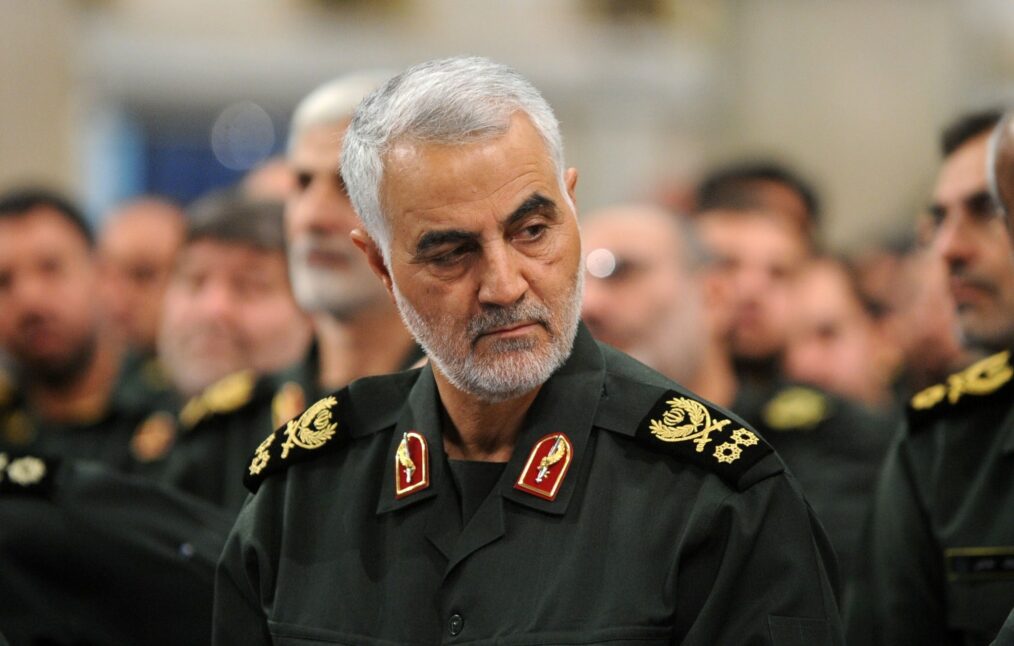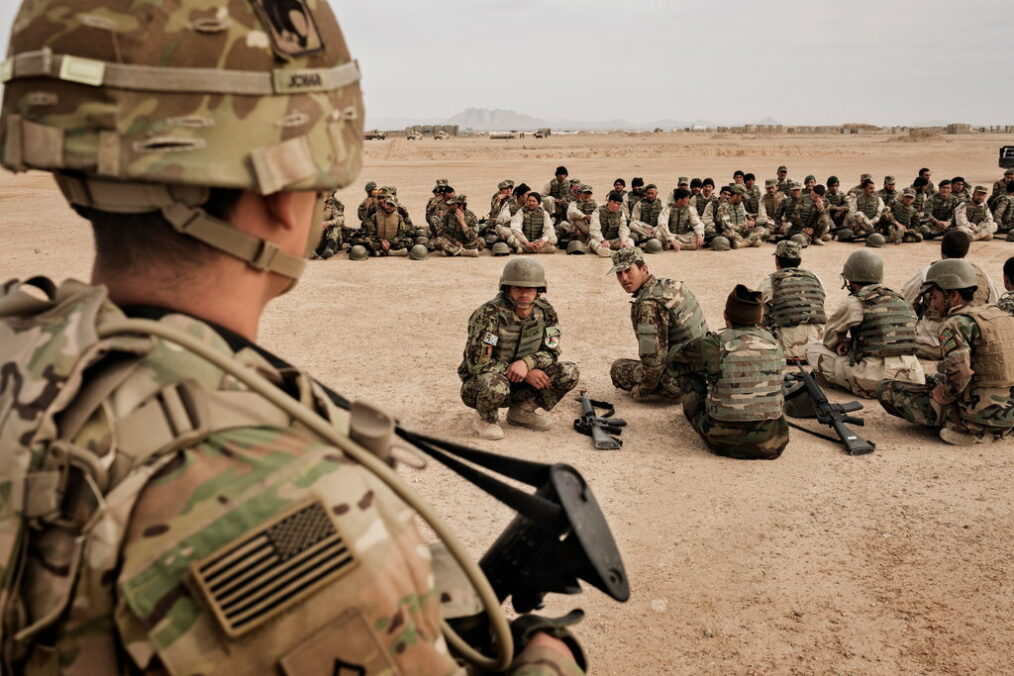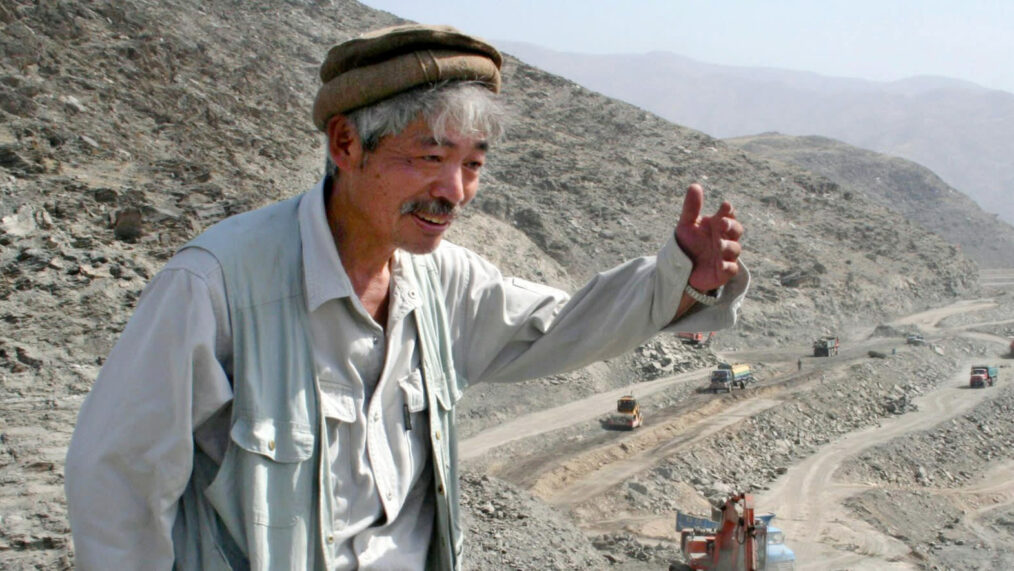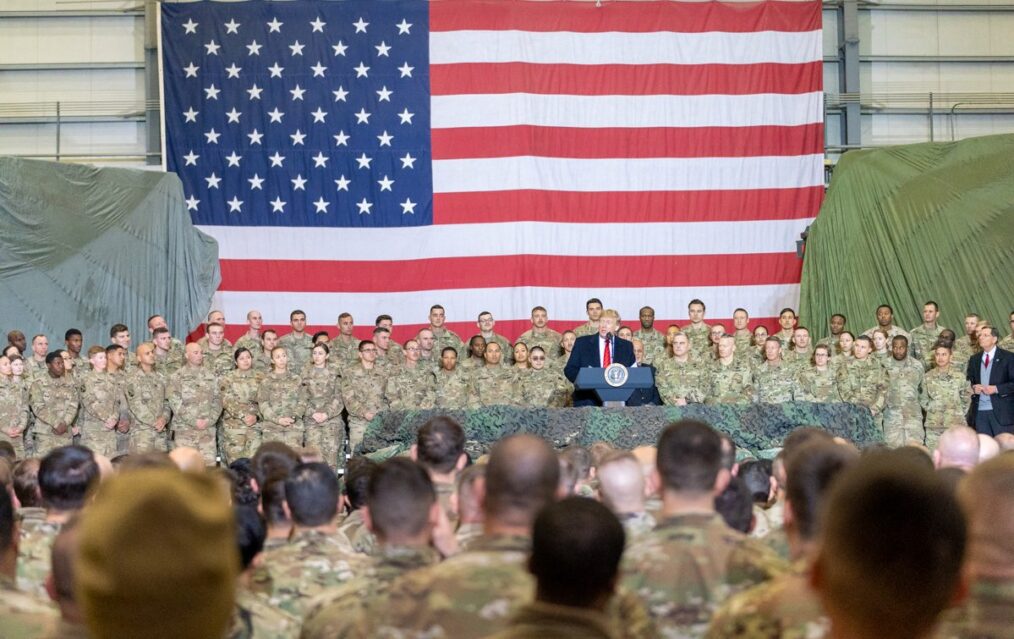The Global War on Terror framework and its relationship with the Chinese model of counter-terrorism.
The narrative of the ‘Global War on Terror’ – famously coined by the Bush administration post 9/11 now appears to be adopted by the Chinese government to legitimize its campaign against terrorism in Central Asia and abroad.
In response to growing international criticism against China’s counter-terrorist policies (in particular, the use of training centers for alleged re-education purposes, the issue of mass state surveillance and the restrictions on religious practice and customs which include a ban on “abnormal” beards and wearing of veils) in the Xinjiang Uighur Autonomous Region (XUAR), Chinese officials often liken such policies to the American ‘style’ of counter-terrorism.
For example in 2018, amidst a barrage of accusations of human rights abuses and calls for targeted sanctions, the Chinese Ambassador to the United States defended the use of vocational training centers, denying the claim that such centers were used for detention purposes, but instead for the rehabilitation of individuals deemed vulnerable to extremism, alongside improving their employment opportunities by honing their vocational skills.
More recently, the leaked government documents known as the ‘Xinjiang papers’ highlight the same thing, revealing that some officials held the perspective that recent terrorist attacks in the United Kingdom, in particular, were a result of policies that favored “human rights above security” and the Chinese President, Xi Jinping allegedly encouraged the emulation of certain features of the American ‘War on Terror’ campaign.
Background and historical context
Strike Hard Campaign Against Violent Terrorism
In response to unrest within the XUAR, the Chinese government has periodically implemented counter-terrorism initiatives at both national and provincial levels. These measures fall under the wider umbrella of the nationwide Strike Hard (da fa) campaign with the main objectives of safeguarding the region’s peace and stability against what the central government has called the ‘Three Evil Forces’; which are separatism, religious extremism, and terrorist forces.
Key policies passed under this campaign include the 2016 National Counter-Terrorism Law, the 2016 National Cyber Security Law and the 2017 National Intelligence Law. From 2016 onwards under this security ‘package’, the Communist Party Secretary for the XUAR, Chen Quango, introduced a number of new security measures, most of which are heavily reliant on advanced technology such as facial recognition and biometric data.
Such security measures introduced in Xinjiang have been widely criticized by the international community, with the most prominent issue being the use of vocational training centers – as it stands, access for foreign observers to the XUAR is highly restricted, hindering the possibility of an independent and impartial assessment of conditions in the training centers.
In 2018, the United Nations Committee on the Elimination of Racial Discrimination expressed concern over reports of the detention of over a million ethnic Uighurs and testimonies from various sources allege the use of systematic torture and complete physical and mental control over individuals in the centers, with claims of indefinite detention, restricted communication to family members and attempts of ideological transformation.
The extent of China’s ‘Global War on Terror’
These counter-terror policies are not exclusive to the XUAR, as similar practices have been observed in the Tibet Autonomous Region. Globally, there are extensive discussions regarding the extent to which China can export its model of counter-terrorism, often discussed through the lens of its intercontinental investment project, the Belt and Road Initiative (BRI).
As Chinese commercial interests abroad continue to expand, so too does its vulnerability to international terrorism, with notable cases of abduction and deadly attacks against Chinese citizens occurring in Pakistan and a number of African countries such as Burkina Faso, Mali, and Niger.
In the context of the BRI, not only does China have a justification for a more global campaign against terrorism, but it also has the necessary means to forge alliances with countries that share similar security concerns. In 2019, the United States’ proposal to withdraw its troops from African countries was met with concerns regarding a potential reduction in counter-terrorism collection efforts in the region, as the drawback would essentially further open up space for China, who is already a key player in the region.
The exportation of the Chinese model of counter-terrorism abroad raises some important points for further consideration. For one, there is the prevailing criticism by various states and international organizations, such as the United Nations, that China’s domestic counter-terrorist approach constitutes significant human rights violations.
Prominent Chinese researchers have already argued that external counter-terrorism policies would not be “unilateral but must be in collaboration with the local government”, raising concerns not only about a disregard for human rights under the guise of counter-terrorism but also on the overall efficacy of China’s global counter-terrorism campaign.
The Uighur predicament has been used in Islamist extremist propaganda, with videos and articles featuring calls for solidarity with Muslims in China and threats for revenge against Chinese actions in Xinjiang. Like the problems that plague Western counter-terror efforts, growing disenfranchisement and resentment amongst the Uighurs within China’s borders only serves to provide ammunition for external terrorist organizations, casting doubt on the overall effectiveness of the Chinese approach to international terrorism.
It remains to be seen how China envisions its ultimate foreign counter-terrorist campaign, but what is evident is that human rights must be at the forefront of such strategies to maximize efficacy to ameliorate the impact of the “self-fulfilling terrorism prophecy”.
Alya Mohamed Roslan, Counter-Terrorism Research Fellow, Rise to Peace











